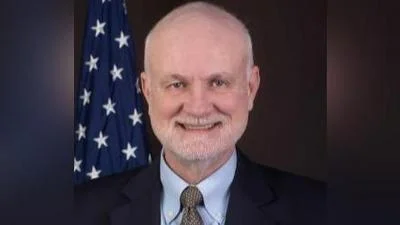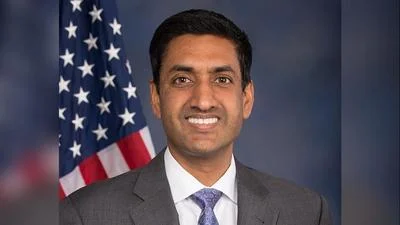John Taylor, Professor of Economics at Stanford University and developer of the "Taylor Rule" for setting interest rates | Stanford University
John Taylor, Professor of Economics at Stanford University and developer of the "Taylor Rule" for setting interest rates | Stanford University
New York City is set to introduce a congestion pricing plan on January 5, 2025, in an effort to address its severe traffic issues. The plan will require private cars to pay a $9 toll to enter Manhattan south of 60th Street during peak hours. Trucks and large tour buses will face higher charges, while taxis and rideshares will incur smaller per-trip fees. The revenue generated from these tolls is intended for improvements to the city's public transit system.
Michael Ostrovsky, a professor of economics at Stanford Graduate School of Business, along with Frank Yang, a postdoctoral fellow in economics at the University of Chicago, have expressed skepticism about the plan's effectiveness. "I think the city is on the right track," says Ostrovsky. He believes that congestion pricing is "the least bad of all the possible solutions that we have," but argues that it may not achieve the desired reduction in traffic due to its unequal treatment of travelers.
Ostrovsky and Yang propose modifications to make the toll more equitable and effective. They point out discrepancies such as a nurse driving from Queens paying a $9 surcharge compared to a lawyer taking a cab from LaGuardia who pays only 75 cents. "There is no good justification for that," Ostrovsky states.
The researchers highlight that private cars constitute only about 30% of traffic in congested areas, while taxis and rideshares account for over 50%. Delivery vehicles also contribute significantly but may only pay once despite making multiple trips. Ostrovsky notes that "under the current plan, they will pay essentially nothing for each trip because the fee is split across many, many deliveries."
To address these issues, they suggest charging delivery vehicles and ride-hailing services based on distance traveled rather than a one-time toll. This approach would apply uniformly across different groups of travelers and encourage alternative transportation modes. Additionally, they recommend eliminating surcharges after 9 p.m., when traffic decreases.
Their proposal draws on Pigouvian taxation principles, which involve taxing activities causing negative externalities like pollution or congestion. They argue this method could better align charges with actual road usage impacts.
The researchers also propose compensating taxi drivers for lost revenue due to decreased demand by providing annual payments for medallion value loss. They suggest using additional toll revenue to expand programs encouraging off-peak deliveries.
Ostrovsky remains optimistic about New York City's direction but hopes their solution will be considered if initial measures fail to reduce traffic effectively.




 Alerts Sign-up
Alerts Sign-up